Description
Day 1
Depart Nairobi and drive northwards through pineapple and coffee plantations to the slopes of Mt Kenya, a drive which normally takes about 4 hrs. Lunch is at Naru-moru gate, and afterwards commence the walk through rain forest for about 3 hrs to Met Station (3048m), where you will stay for dinner and overnight.
Day 2
After breakfast your climb continues to Mackinders camp which is approximately 5-6 hrs or 14km. You will walk through the vertical bog and tussock grass. At this point the spectacular views of Batian and Nelion peaks are possible. You continue walking through Teleki Valley and on to Mackinder’s camp (4000m) for dinner/overnight.
Day 3
Wake up at 2AM for the summit attempt. You will have tea and biscuits and then leave at 3 AM for Point Lenana (4985m) which is the third highest peak. You normally walk on a steep ridge with slippery scree via Austrian hut (4750m). Excellent views northeast up to the summit of Point Lenana as you continue up. You will arrive at the Point lenana at about 6.30AM. From the summit, especially at dawn, the view is spectacular to the westwards across the top of Lewis glacier and the face of Point Nelion glows orange in the rising sunlight. You will then descend down to Mackinders camp for your breakfast, then continue walking down to Met station which is about 5 hrs, where you will have your dinner and overnight.
Day 4
After breakfast, you will walk for 9 km through the rain forest to Naro Moru gate where you will connect your transport back to Nairobi
Mount Kenya is Africa’s second highest mountain. It offers easy or challenging ascents with superb scenic beauty. Mount Kenya is the country’s highest mountain. Sitting astride the equator its icy summit reaches to 5199m (17,058 ft). The entire mountain above the 3200m contour forms a national park. In fact the mountain consists of three principal zones; the rocky peak area, actually an eroded volcanic plug, with its mantle of glaciers and snowfields.
Part of the mountain’s fascination is the variation in flora and fauna as the altitude changes. The lower slopes are covered with dry upland forest, the true montane forest begins at 2,000 m. and is mainly cedar and podo. At 2,500 m. begins a dense belt of of bamboo forest which merges into the upper forest of smaller trees, interspersed with glades. In this area the trees are festooned with high altitude moss.
These forest belts are host to many different animals and plants with at least 11 unique species. Game to view includes: Black and White Colobus and Sykes monkeys, bushbuck, buffalo, elephant and, lower down, Olive Baboon, waterbuck, black rhino, black fronted duiker, leopard, giant forest hog, genet cat, bush pig and hyena. More elusive is the bongo, a rare type of forest antelope.
A number of other rare or endangered species can be found here: Sunni Buck, Mt Kenya Mole Shrew, skinks (lizard), and a variety of owls. Occasional sightings have been recorded of albino zebra.
The high altitude heath at the top (3,000 – 3,500 m.) is generally open, dotted with shrubs: African Sage, protea and helicrysum. The peak (above 3,500 m.) is moorland, with little game other than high altitude zebra and eland common in the northern moorland.
It is no wonder that this remote majestic wonderland was considered as God’s domain by awed farmers at its foothills. Many rivers flow from the perpetual snows, among them the mighty Tana, Kenya’s largest and longest river and source of much of Kenya’s electricity supply. Most visitors are content to marvel at the mountain’s beauty but some will want to attempt to reach the peaks; a feat requiring considerable rock climbing skill. But the mountain’s lesser peaks and glaciers can be scaled and walked by the fit and the adventurous. Point Lenana, 4985m, can be easily reached. In fact the majority of visitors go to the mountain to enjoy the walking and especially the high level hut-to-hut hike round the mountain with its humbling vistas.
Wildlife within the forests below the park boundary includes elephant, buffalo, lion, several species of antelope including the rare bongo and occasionally the melanistic forms of both the leopard and the serval. Much of this wildlife can be seen from the safety of Mountain Lodge which lies just inside the forest on the south side of the mountain. The best months are January and February and late August through September.
NB: Due to the unpredictability of weather around the Summit, we sometimes allow for an extra Summit day thus extending the climb.
What you need to know:
You carry only a small bag with your personal effects while your back pack, sleeping bags, clothes, food and kitchen gear are carried by porters. The group is guided by an experienced Mt. Kenya guide. Nights are spent in huts on the mountain and in small tents with foam mattresses in the foothills. Besides your normal effects, you are advised to bring a medium sized back pack, sleeping bag, warm clothes, good hiking shoes, nylon rain suit, a pair of sunglasses and sun block.
Transport from Nairobi to your hotel and park gate, hotel on your first and last night, all food starting with evening meal on the first day and ending with breakfast on the last day, services of a mountain guide and porters, all hut fees, camping equipment, acclimatization tour to the equator.
This list covers equipment and clothing recommended for a Mt Kenya trek and safari. Your main bags will be carried by vehicles or porters. At all times you will only be walking with day-packs.
Day-pack – large enough to carry spare clothes, waterproofs, camera, lunch, drink, etc. Your main bag should be a large kit bag or ideally a rucksack which is easier for porters to carry. This should weigh less than 16 kg for the Mt Kenya section. A light kit-bag is useful for storing any gear not needed on the mountain section.
Sleeping bag: A good 4 season bag. Temperatures can be minus 10 C high on Mt Kenya. A quality liner is useful for extra warmth, upgrading a 3 season to a 4 season bag. Full length zip useful for ventilation on warmer nights.
Sleeping mat: e.g. Karri mat or Thermarest non-slip.
Water bottle: 1 litre, (1.5 litre if you need to drink a lot) Purifying tablets or iodine – juice drink powders to disguise the taste.
Torch: Spare bulbs, batteries. Head torch useful but not essential. Small spare torch.
Walking pole/s: Highly recommended by some, awkward for others – try one out first.
Camera: Plenty of film. Spare camera batteries and cleaning kit, dust proof camera bag.
The following list of clothing is provided as a guideline only. But your clothing should allow you the flexibility to cope with the range of weather conditions you may encounter on this trip.
Clothing: underwear, light cotton/ polycotton for general wear, and insulating next-to-skin (“thermal”) vest and long johns for the cold or wet days on the trek. Socks suitable for walking and general wear. T-shirts, long sleeved shirt, sweatshirt, trousers/skirt for general wear. Walking shirt. Warm pullover/jersey, warm fleece or down jacket. Walking trousers, skirt or breeches. Walking shorts. Track suit (for evenings in camp, and as an extra layer when cold). Thick jacket (fleece, fibre-pile, or pile and pertex mix). Waterproof and windproof jacket/cagoule and over trousers. Walking boots – well broken in. Thickish soled training shoes or light walking boots. Sandals/flip-flops. Gaiters for keeping out stones, seeds, scratches etc. Sunglasses, sun hat, (packable/collapsible), warm hat/balaclava, warm gloves, scarf, neckerchief, swimming costume.
Other kit: Towel, toilet kit, spare specs, and personal first aid kit (e.g. sticking plasters, lint, antiseptic cream, aspirins/paracetamol, antihistamine, malaria pills and any special personal medication). Sun cream, insect repellent, lip salve, wet wipes, sewing kit. Binoculars for bird/animal spotting, plant, bird and wildlife guides. A wristwatch with an alarm function is useful for early starts. Use strong plastic bags inside your rucksack to keep out rain and dust.
Documents: Passport, passport photocopy (main page only), travelers cheques, insurance certificate, etc all in a secure money belt/pouch. Wallet for day to day use. Diary, notebook. If you have spare items of clothing, boots, or kit you don’t use anymore, and some unused baggage allowance, please bring them specifically to give to our local members of staff (porters, guides, etc.) – they will be greatly appreciated. People often overlook this item only to regret it when they’re out in Africa and realize how useful their things would have been to the locals.

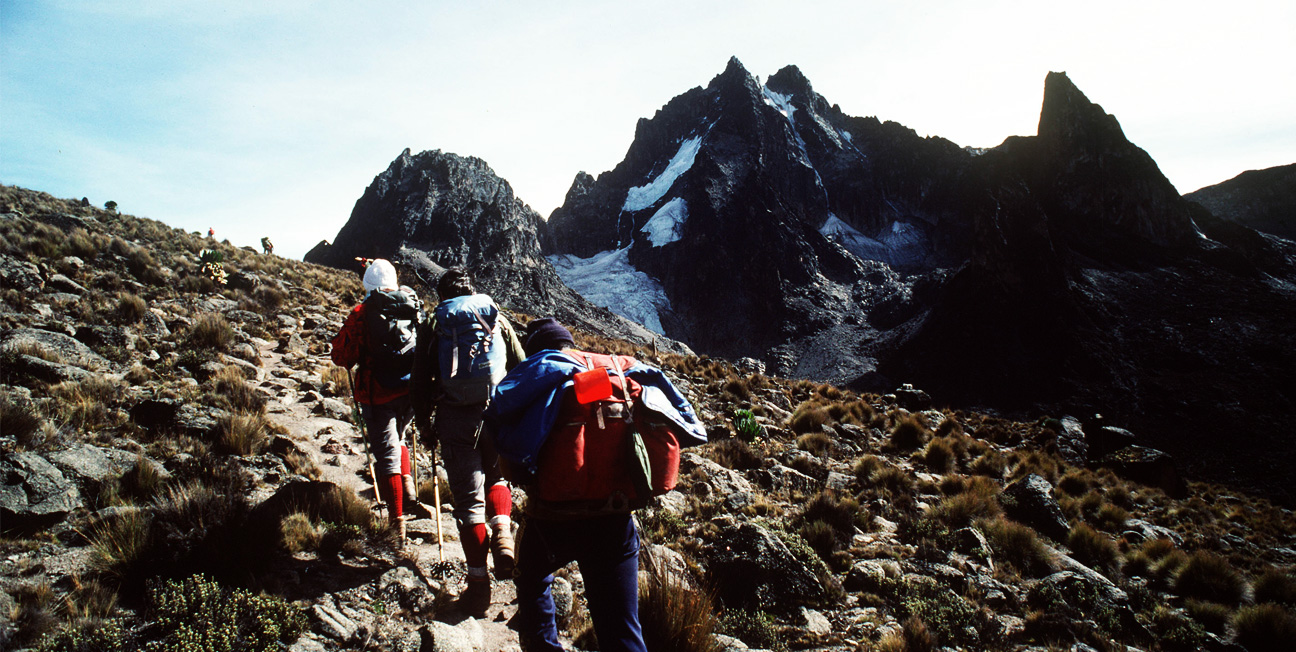
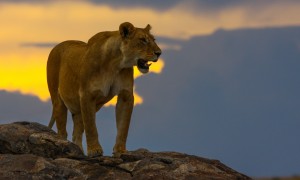
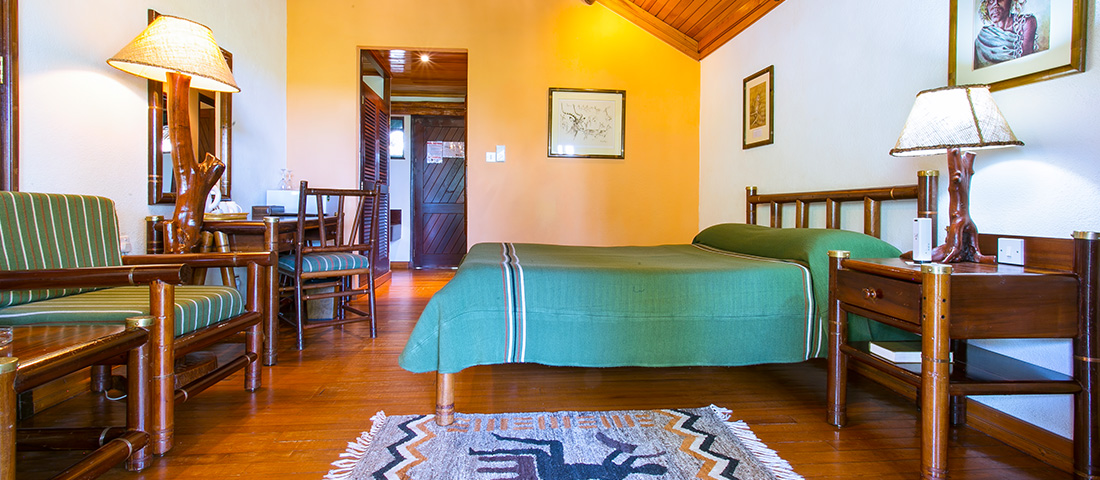
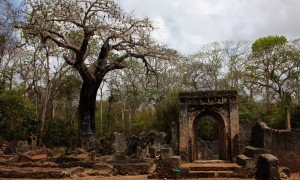
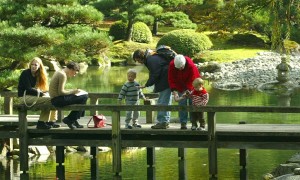
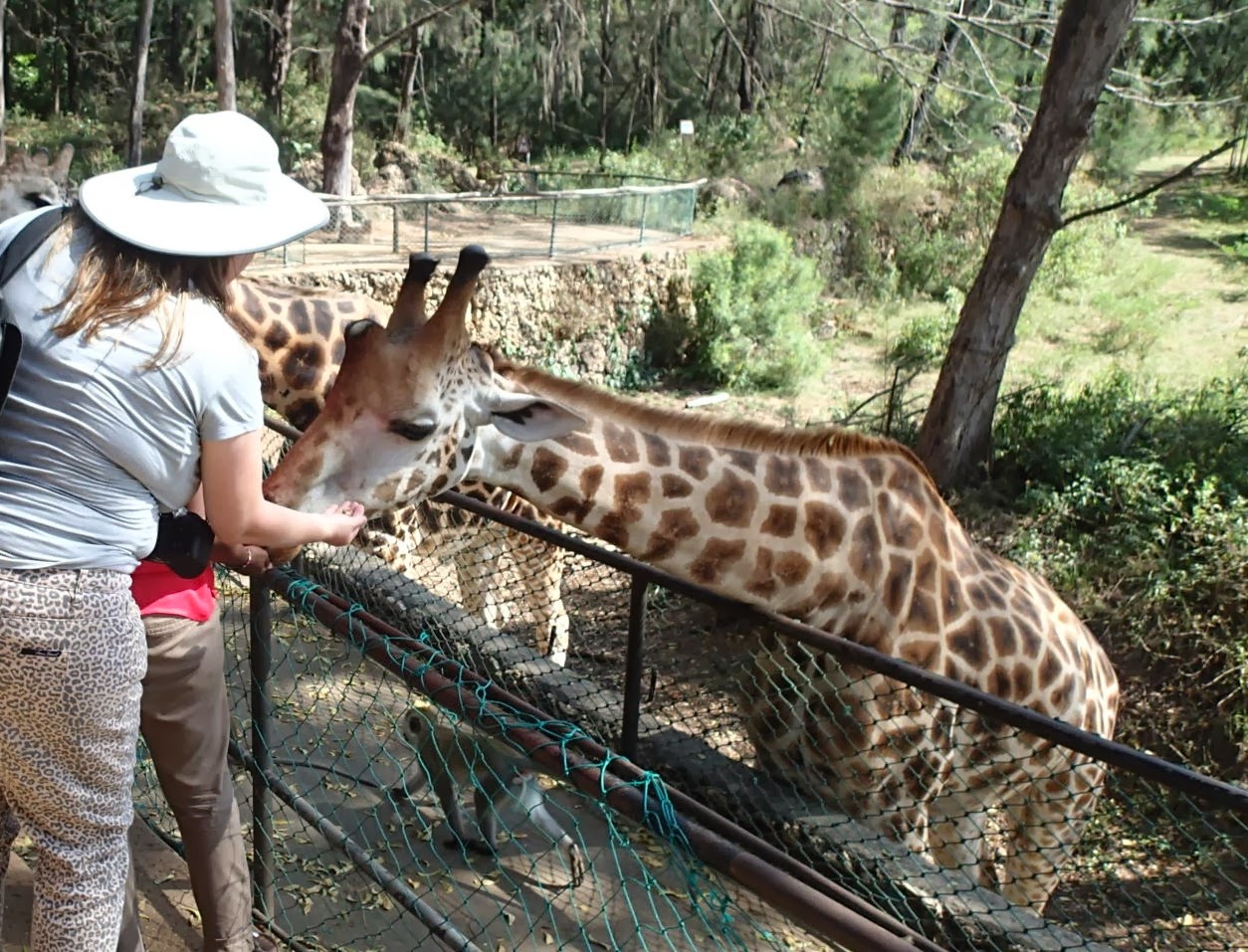
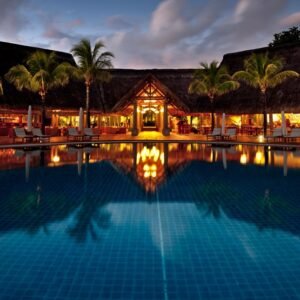




Reviews
There are no reviews yet.